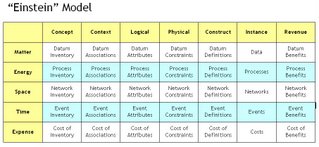What if universities gave you a certificate for the number of years you completed instead of requiring you to complete a minimum number years before receiving a certificate? Wouldn't we have more people with better self-esteem? Wouldn't we have a workforce with a better quantified record of academic achievement?
It's time to put academics in their place. Enough jumping through hoops taking "core" courses that haven't been revised for twenty years. Stop locking students in for three years for a Bachelor's degree and giving them nothing if they are unable to acquire sufficient credits. Students pay for their education, they deserve certification for every course they complete. Every course should be on their resume. Course naming should be standardized to make names as informative to the employer as possible.
Grades should not be A, B, C, D, F.
Grades should be Instructor, Expert, Intermediate, Novice, Familiar.
Marks should not be on a curve. Either you know the answers or you do not. If the class fails to learn the material the instructor should be sent for retraining. The student's should get a refund.
Students are customers. Students have to be taught this before they even enter university. Academics should be taught this instead of dangling diplomas like carrots. The students are God, not phonies who achieve tenure only to rest on their laurels producing vacuous papers.
So, the next question is obvious. What makes a good academic?
It's time to put academics in their place. Enough jumping through hoops taking "core" courses that haven't been revised for twenty years. Stop locking students in for three years for a Bachelor's degree and giving them nothing if they are unable to acquire sufficient credits. Students pay for their education, they deserve certification for every course they complete. Every course should be on their resume. Course naming should be standardized to make names as informative to the employer as possible.
Grades should not be A, B, C, D, F.
Grades should be Instructor, Expert, Intermediate, Novice, Familiar.
Marks should not be on a curve. Either you know the answers or you do not. If the class fails to learn the material the instructor should be sent for retraining. The student's should get a refund.
Students are customers. Students have to be taught this before they even enter university. Academics should be taught this instead of dangling diplomas like carrots. The students are God, not phonies who achieve tenure only to rest on their laurels producing vacuous papers.
So, the next question is obvious. What makes a good academic?











